How to Drain Fire Sprinkler System: Easy 9 DIY Steps
Fires can break out anywhere at any time, and when they do, it’s crucial to have a plan in place to deal with them quickly and effectively. Make sure that your fire sprinkler system is able to put them out quickly. Many people think that they know about draining fire sprinkler systems.
But in reality, they often need to learn the most effective way to do it. Improperly dealing with fire can lead to disaster. “How To Drain Fire Sprinkler System” is the perfect guide for anyone who wants to be prepared for a fire emergency.
We provide easy to follow instructions on properly draining your fire sprinkler system so that you can rest easy knowing that your property is safe in case of a fire. This guide will teach you everything you need to know about properly draining a fire sprinkler system.
How to Drain Fire Sprinkler System: 9 Procedures

During a fire or unintentional activation, draining the fire sprinkler system serves as an important safety measure. The following procedures will help to ensure that the system is properly drained and ready for use in the event of a fire emergency. Here are nine steps for properly draining the system:
- Locate and shut off the main water supply valve to stop any further flow of water through the system.
- Identify the nearest fire sprinkler head and remove the cap.
- Open all drain valves at the lowest point in each branch of the distribution piping to allow for drainage.
- Close all branch drains except for one, then open any air vents to release pressure from that branch.
- Place buckets or any other containers below the head to catch the water.
- Turn the water on to full force and hold it there for seconds.
- Release the water and allow it to run until it slows to a trickle. Once the water ceases flowing, close that branch drain and open another branch drain in order to continue draining until all branches have been drained individually.
- Replace the cap on the fire sprinkler head and move on to the next one.
- Open up any test cock valves on dry sprinkler heads to ensure they are emptied before restoring the water supply and testing the functionality of the system.
Always follow standard safety protocols and consult with experienced professionals as needed.
Drain Fire Sprinkler System: 7 Reasons
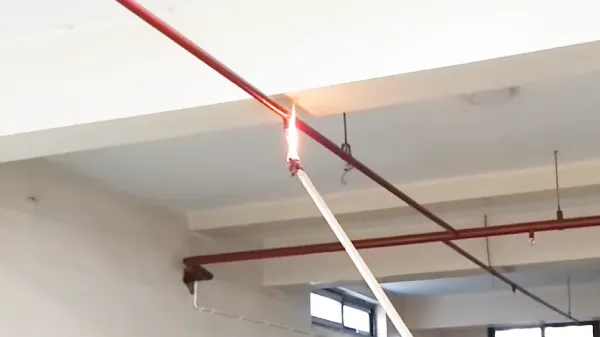
Many people think that once a fire sprinkler system is installed, it can be left alone and forgotten about. Regular maintenance is a must to ensure the system will function properly in an emergency. One important part of this maintenance is draining the system annually.
Draining your fire sprinkler system is a necessary maintenance task that helps keep it in working order. It’s important to inspect the fire sprinkler system at least once a year to ensure the effectiveness of your fire sprinkler system in case of an emergency.
Letting it go too long without maintenance could lead to disastrous consequences. Here are seven reasons why it should be done regularly:
Prevent the Water from Freezing and Bursting the Pipes
The water in the fire sprinkler system can freeze and burst the pipes if it is not drained. This can happen if there is a lot of snow on the ground and the temperature drops below freezing. When the fire sprinkler system is not in use, draining your fire sprinkler system removes the standing water that can potentially freeze and expand, putting pressure on the pipes.
As an added measure, ensure that any areas where pipes may be exposed to colder temperatures are properly insulated or heated to prevent freezing. It’s important to have a functioning fire sprinkler system in the winter, but there’s also a risk that the water within the pipes can freeze and cause them to burst.
This is why it’s recommended to drain the system before cold weather sets in. Regular maintenance and draining of your fire sprinkler system can go a long way in preventing costly damage from frozen pipes during the winter months. Draining the water will help to prevent this from happening.
Prevent Algae Growth

When a fire sprinkler system is not regularly drained, it can become an ideal environment for the growth of algae. Without the constant flow of fresh water, stagnant water accumulates in the pipes and provides a breeding ground for algae.
Wreckage throw outs from building materials or even organic matter can catch in the pipes and provide nutrients for algae to thrive. Regular draining of the sprinkler system removes this stagnant water and any potential nutrient sources, making it difficult for algae to survive.
Keeping up with regular draining not only helps prevent damage to the fire sprinkler system itself but also eliminates potentially harmful algae growth. Remember to schedule those drain inspections.
Prevent Rust
The fire sprinkler is a vital system in any building and is designed to protect against the threat of fire. When you don’t drain the fire sprinkler system, sometimes the sprinkler can get a buildup of rust and suffer from corrosion if not properly maintained. This is because it does not move around very much.
One important step in preventing this damage is regular draining of the system. When you regularly drain your fire sprinkler system, there is not as much water for the rust to grow inside. The draining process removes any standing water that can contribute to corrosion that may have accumulated over time inside the fire sprinkler system.
Draining ensures that any sediment or mineral deposits, common in hard water, are also removed. So, it is good to keep the system drained to prevent rust from growing. Taking this preventative measure on a regular basis can ensure that the fire sprinkler system stays in top working condition and is ready to protect against potential fires.
Keeps the Fire Sprinkler System Working Properly
By regularly draining the system, any standing water is eliminated, and the potential for corrosion is minimized. Not only does this help to prevent rust buildup, but it also helps to ensure the proper functioning of the fire sprinkler system.
Draining not only removes excess water but also flushes out sediment and offals that could clog or damage the system resulting in not working properly. The cost of regularly draining a fire sprinkler system pales in comparison to the expense and inconvenience of dealing with a malfunctioning or rusty one.
Schedule regular draining as part of your maintenance routine to keep your fire sprinkler system running smoothly.
Maintain Proper Water Pressure to and Throughout the Fire Sprinkler System
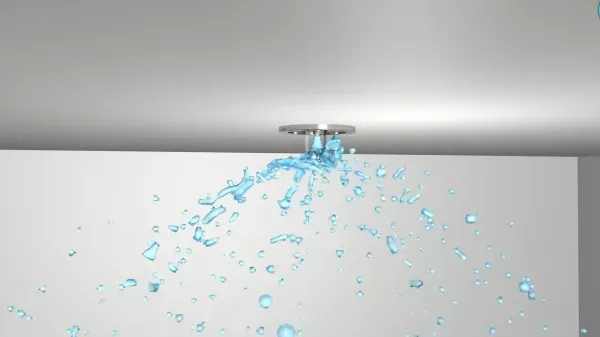
Fire sprinklers must have an ample supply of water at the right pressure to function properly. The fire sprinkler system is a crucial component in a fire emergency. Water sits in the pipes and sprinkler heads air can become trapped and build up, leading to decreased pressure.
To function properly, the system must have sufficient water pressure to ensure enough water reaches all parts of the building. This is why it is important to regularly drain the fire sprinkler system, removing both air and accumulated sediment that can block or weaken water flow.
Water that remains in the pipes for extended periods of time can lead to corrosion and mineral buildup that can result in decreased pressure and compromised effectiveness. Draining the system regularly helps extend the system’s lifespan by ensuring optimal water pressure levels.
Regularly draining the fire sprinkler system keeps it functioning at its best and can save lives and property in case of emergency. Take the time to perform routine draining as part of your fire safety routine.
Allows for Inspection and Replacement of Outdated or Damaged Components
The sprinkler system must first be drained of water to inspect and replace these components. This allows for a thorough visual inspection, as well as easier access to the various pipes and valves needed for replacement.
Just like any other safety mechanism, fire sprinkler systems require regular maintenance and inspections as they are crucial for protecting buildings in the event of a fire. By draining the system, any water trapped inside is able to be removed, allowing all components to be safely inspected and potentially replaced if necessary.
Without draining the system, it would not only be impossible to inspect certain parts, but it could also cause damage or malfunction to components if water were to remain trapped within these areas.
The drainage process also ensures the safety of the professionals conducting the inspection. The professionals can work on the dry components without worrying about coming into contact with live water pressure.
Detects Potential Leaks in Pipes
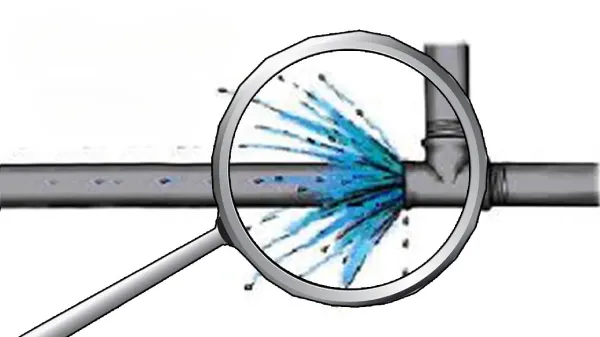
The fire sprinkler system should be drained regularly as it is a simple yet effective way to detect potential leaks in the pipes. By allowing all of the water to drain out, unusual drops in pressure or areas of low water levels can indicate a leak. Fire sprinkler systems are crucial components in ensuring the safety of buildings and their occupants.
Leaks in the pipes can not only result in property damage but also render the system ineffective. Any visible water on the ground near the drainage valve can also be an indication of leakage.
Regularly draining and inspecting the fire sprinkling system can detect any potential leaks and also can help prevent costly damage and ensure that it operates properly in case of a fire emergency. As water is drained from the pipes, any drops or drips indicate a leak in that specific area. This allows for quick repair before any major damage occurs.
Some jurisdictions require frequent draining and inspection as part of fire code compliance. So not only is it good practice but it may also be legally mandated. In sum, draining the fire sprinkler system can detect potential leaks and maintain a properly functioning system.
So next time you drain your fire sprinkler system, keep an eye out for any dips or drips. They could save valuable time and money in the long run.



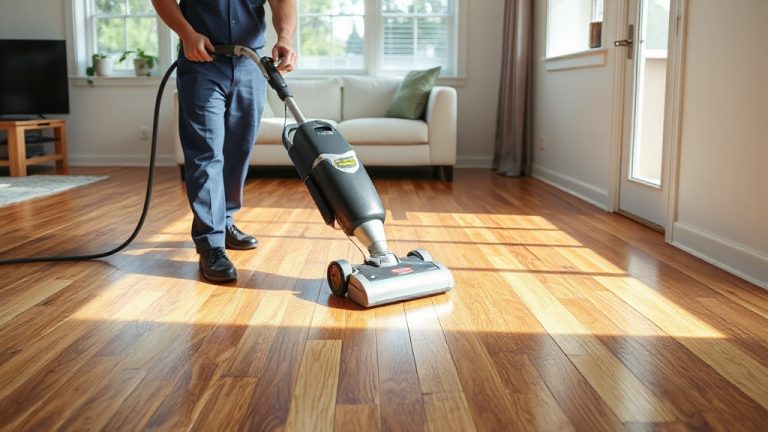

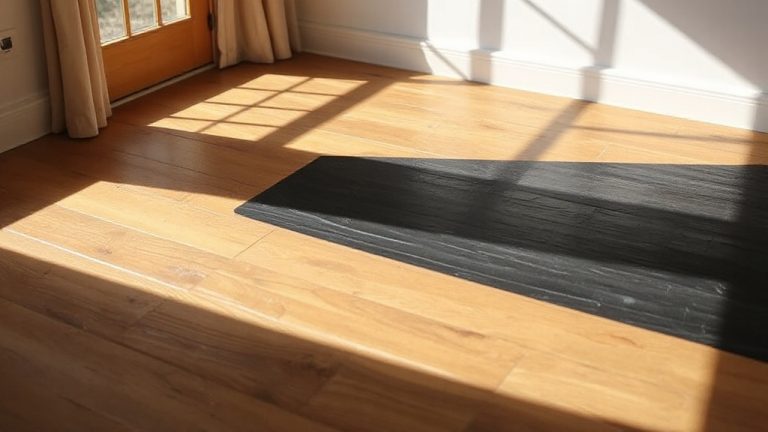
![How to Clean Scratched Hardwood Floors: 7 DIY Steps [Effective]](https://anyshelter.com/wp-content/uploads/2023/06/How-to-Clean-Scratched-Hardwood-Floors.webp)
